In this Japanese Seaweed Guide, learn about the most common types that we use in everyday Japanese cooking. I’ll share easy recipes and tips for how you can use seaweed at home in your everyday meals, too.
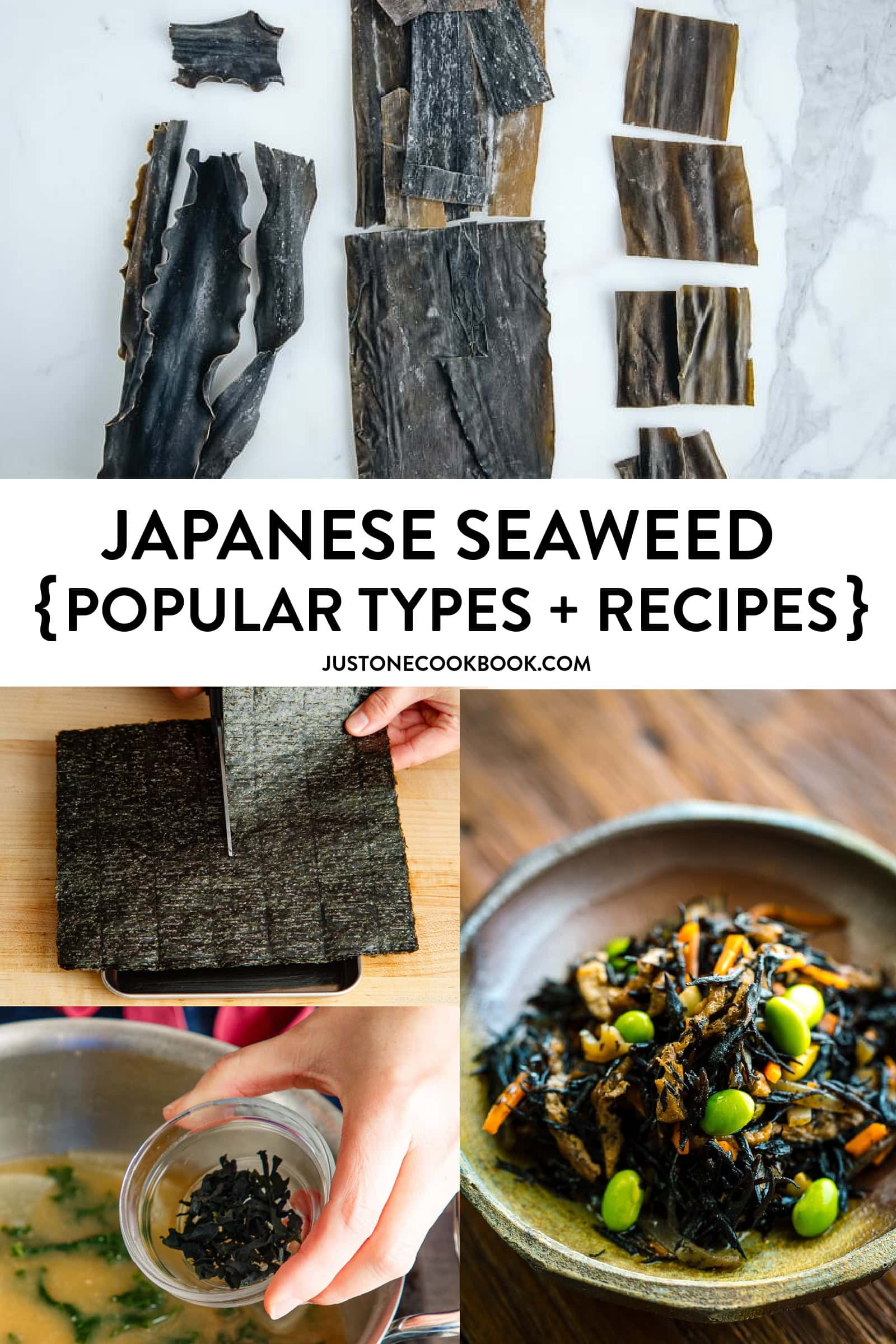
Seaweed is an essential element of Japanese home cooking. From nori-wrapped rice balls to cozy miso soups with wakame, seaweed has always been part of my daily life growing up in Japan and cooking for my family. In this Japanese seaweed guide, I’ll share the main seaweed types, their different flavors and textures, and my favorite seaweed recipes. I hope you, too, will try seaweed in your everyday meals.
Wish to learn more about healthy Japanese food? Read What to Cook with Japanese Mushrooms and Natto.
Japanese Seaweed Guide: Why We Love It?
- Incredibly versatile: I use various types in soups, salads, rice dishes, pickles, and snacks.
- Wonderful taste and texture: It adds rich umami flavor and a range of appetizing textures to Japanese recipes.
- Packed with nutrients: It’s rich in iodine, calcium, and antioxidants.
- Low in calories
- Vegan/vegetarian
- Easy to store: Most are dried and shelf stable. I always keep several types of seaweed in my kitchen.
- Centuries of culinary tradition: It connects us with Japanese dishes rooted in the sea.
Japanese Seaweed Guide: Common Types
Following are the types of seaweed that are staples in Japanese cooking.
1. Nori – The Familiar Seaweed Sheet
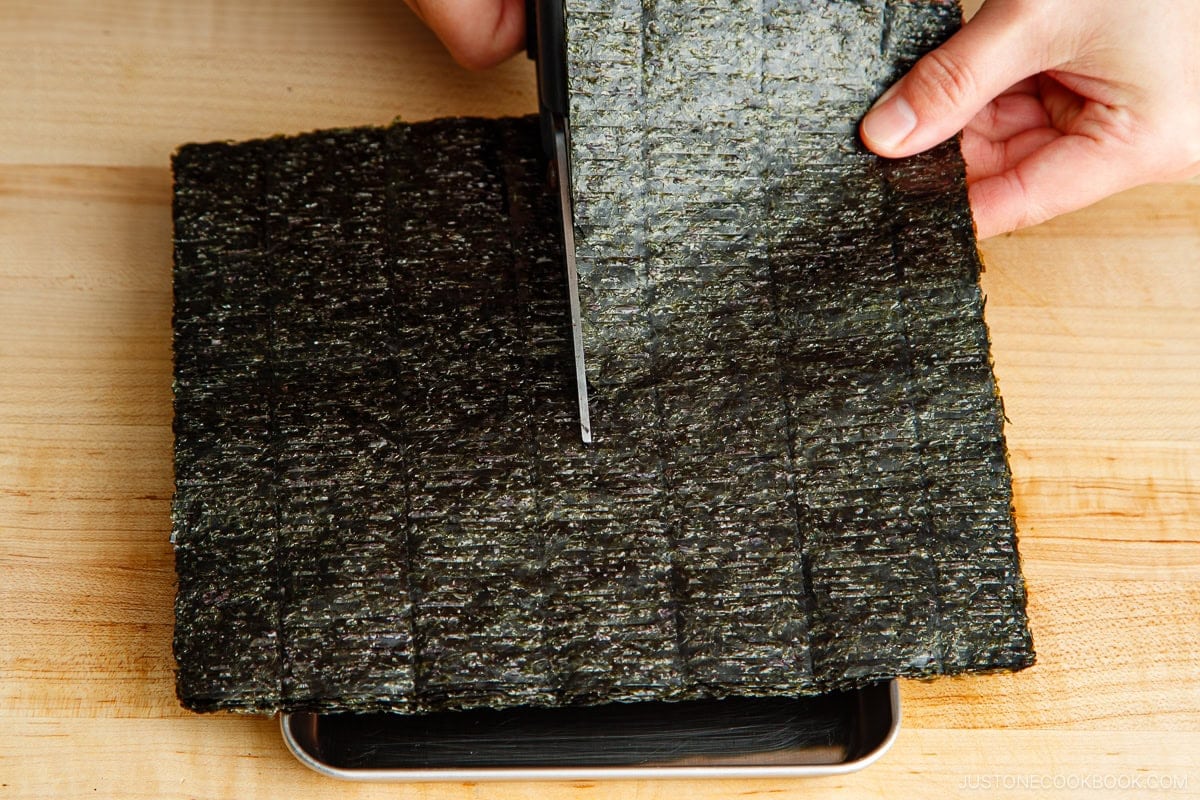
Nori (海苔) is made from red algae that’s shredded, dried, and pressed into thin sheets—like papermaking from the ocean! It’s sold both toasted and non-toasted, either plain or seasoned. I recommend buying nori imported from Japan. It may be more expensive, but the quality is noticeably better.
- Flavor: Mild, slightly salty, and umami-rich
- Texture: Crisp when toasted, soft when moist
- Uses: Sushi rolls, onigiri rice balls, ajitsuke (seasoned) nori, nori snacks (nori chips or seaweed snacks)
💡 Tip: To keep nori crispy, store it in an airtight container with a desiccant packet. You can also lightly toast it over a flame for extra crispiness.
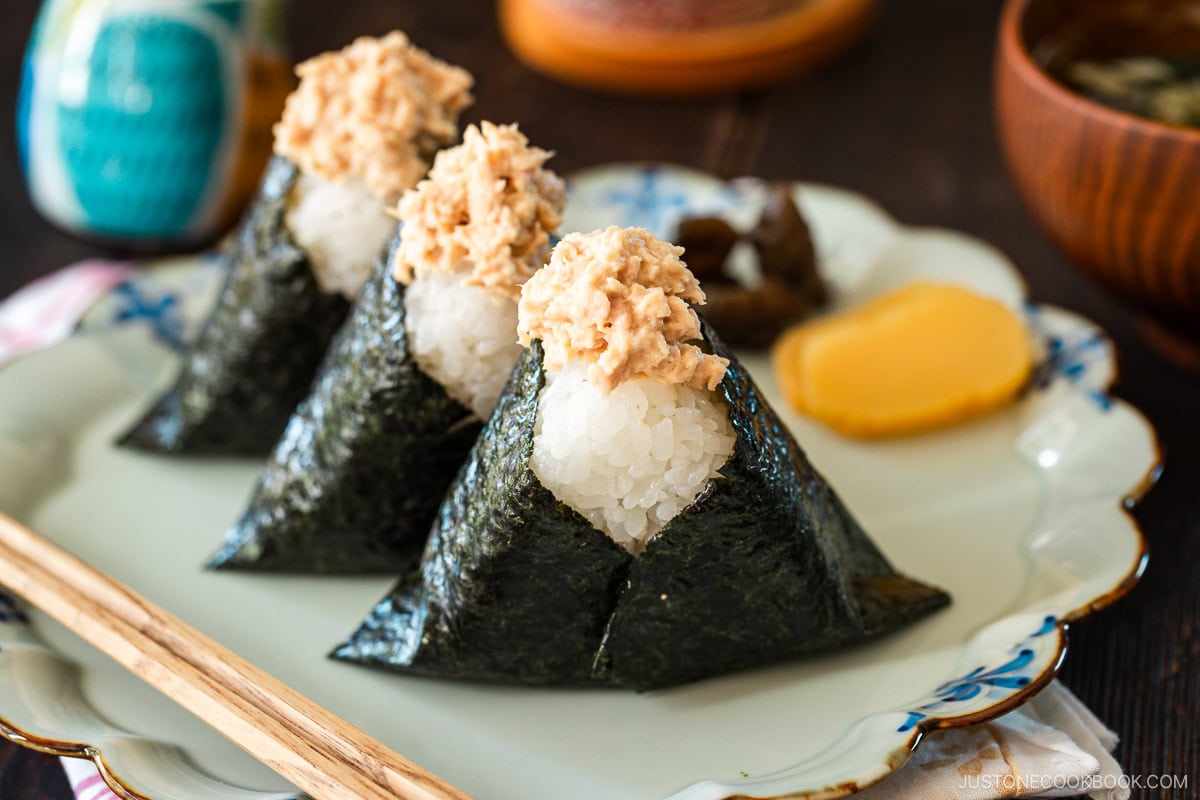
How to use nori in recipes:
2. Wakame – The Miso Soup Staple
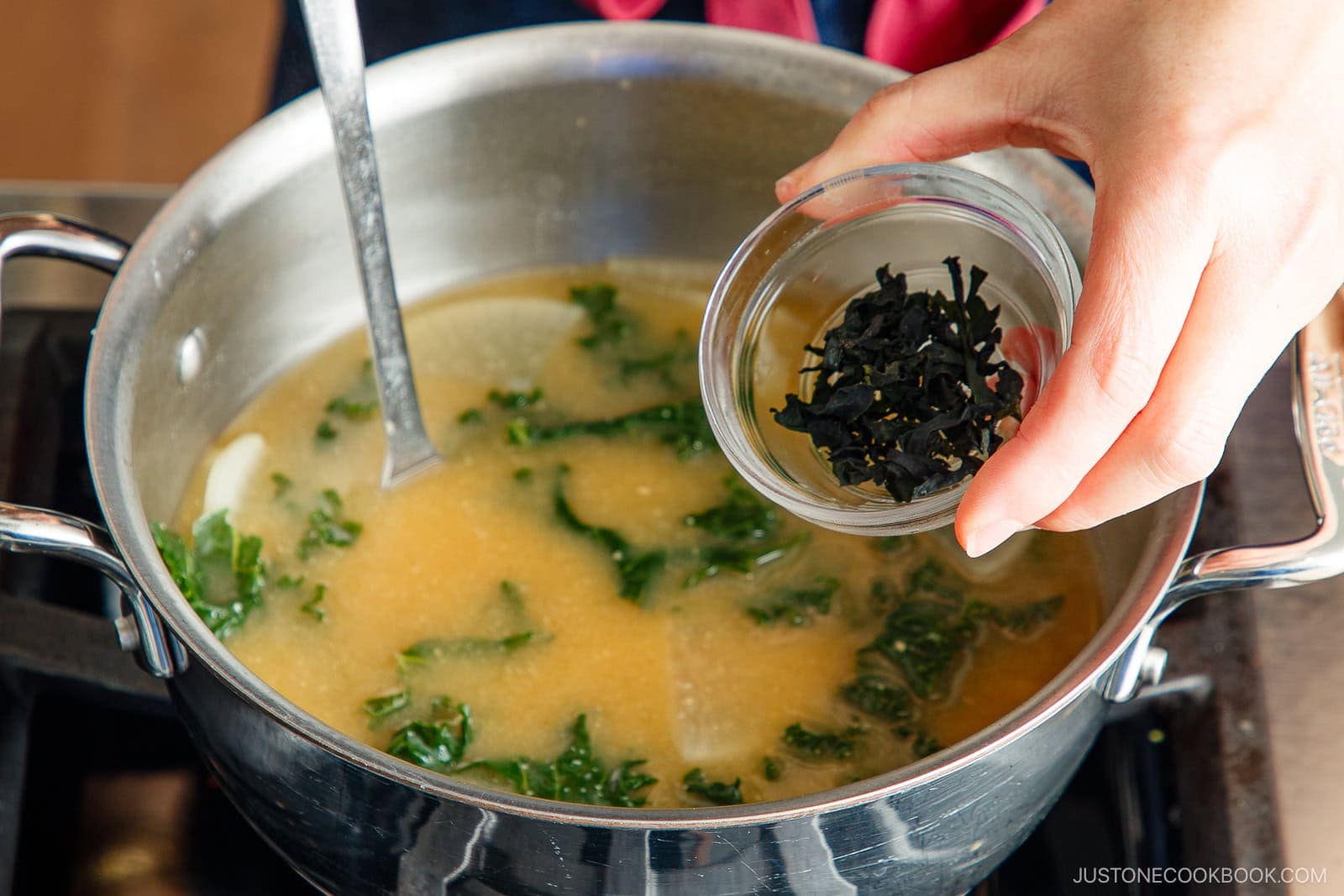
Wakame seaweed (わかめ) is a type of kelp that’s usually sold dried and expands beautifully when soaked in water. It’s soft, pleasant to chew, and loved by kids and adults alike.
- Flavor: Delicate, slightly sweet with ocean notes
- Texture: Silky and tender with a slight chew when rehydrated
- Uses: Soup, salads, and vegetable side dishes
💡 Tip: Don’t soak dried wakame too long or it can become soggy. It only needs a few minutes.
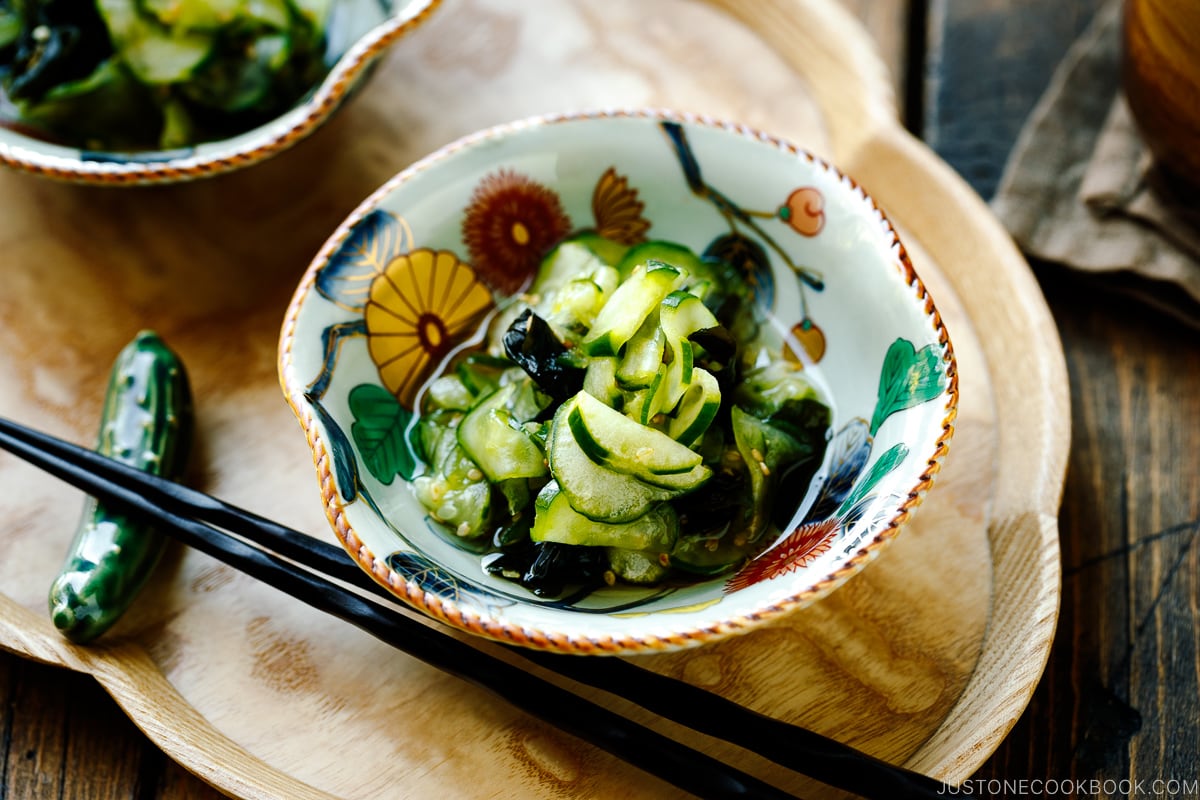
How to use wakame in recipes:
- Homemade Miso Soup
- Seaweed Salad with Miso Dressing
- Japanese Cucumber Salad (Sunomono)
- Soba Noodle Soup
3. Kombu – The Umami Powerhouse
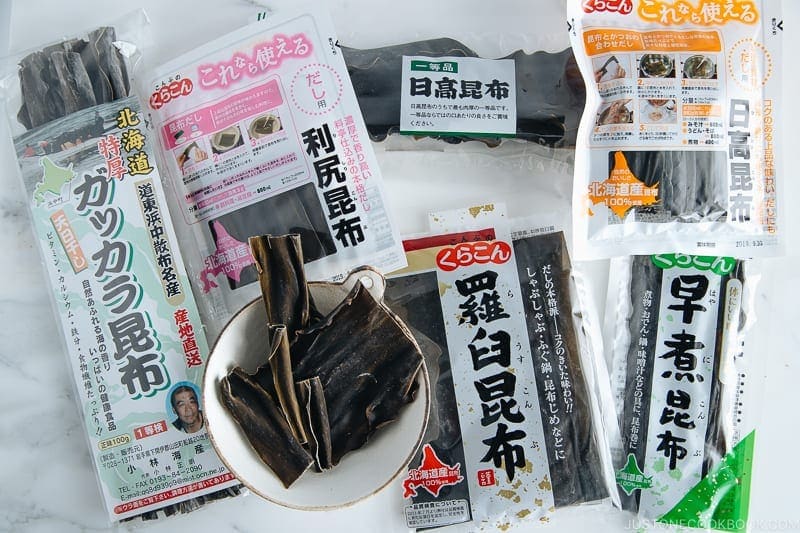
Kombu (昆布), kelp seaweed, is essential to Japanese cooking as the backbone of dashi, our all-purpose soup stock. Rich in glutamic acid, kombu creates a savory foundation for soups and broths. You can also simmer it to make a delicious condiment over rice.
- Flavor: Deep, earthy umami
- Texture: Firm, chewy if eaten
- Uses: Dashi (Japanese soup stock), broths, hot pots, tsukudani (seasoned kelp), sushi rice
🍣 My secret for making a fragrant pot of sushi rice? Add a piece of kombu when cooking your rice to infuse it with a lovely aroma and a hint of umami! (See How to Make Sushi Rice.)
💡 Tip: Look for kombu with a white powder on the surface—that’s the natural umami! Don’t wash it off—just wipe gently with a damp cloth.
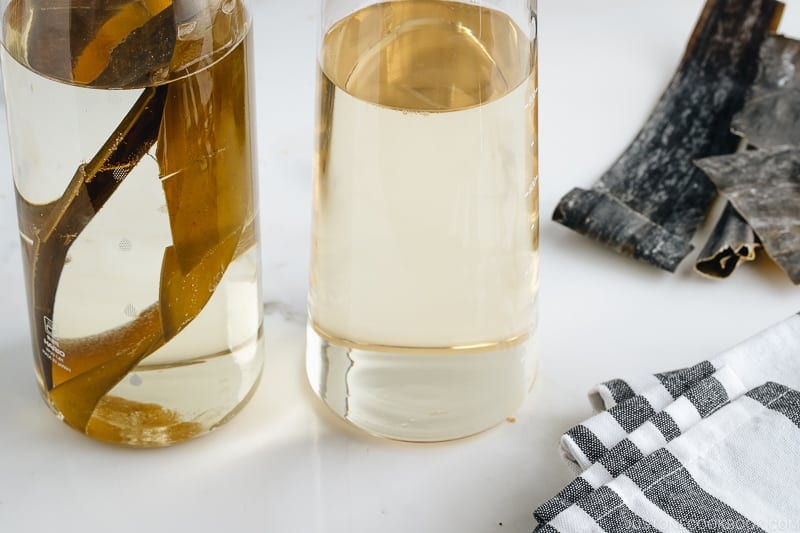
How to use kombu in recipes:
- Kombu Dashi
- Homemade Ponzu Sauce
- Kombu Tsukudani (Simmered Kombu)
- Kenchinjiru (Japanese Vegetable Soup)
4. Hijiki – The Iron-Rich Sea Vegetable
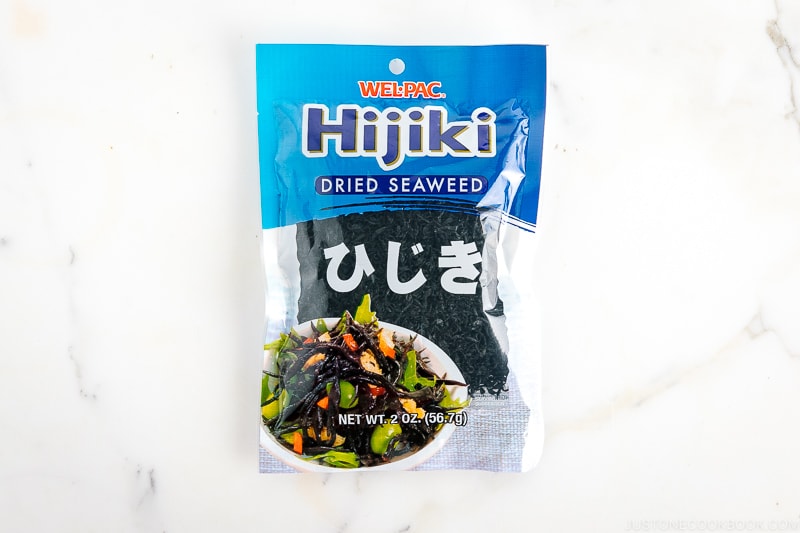
Hijiki (ひじき) is harvested on the rocky coastlines of Japan, Korea, and China. It comes dried in two varieties—the short, leaf type or the long, stem type. The black leaves and stems expand after soaking in water.
- Flavor: Earthy, mild, slightly nutty
- Texture: Firm and chewy
- Uses: Simmered side dishes, salads, rice dishes
💡 Tip: Always cook hijiki before eating. Like other dried foods, it should be boiled or simmered, not eaten raw.
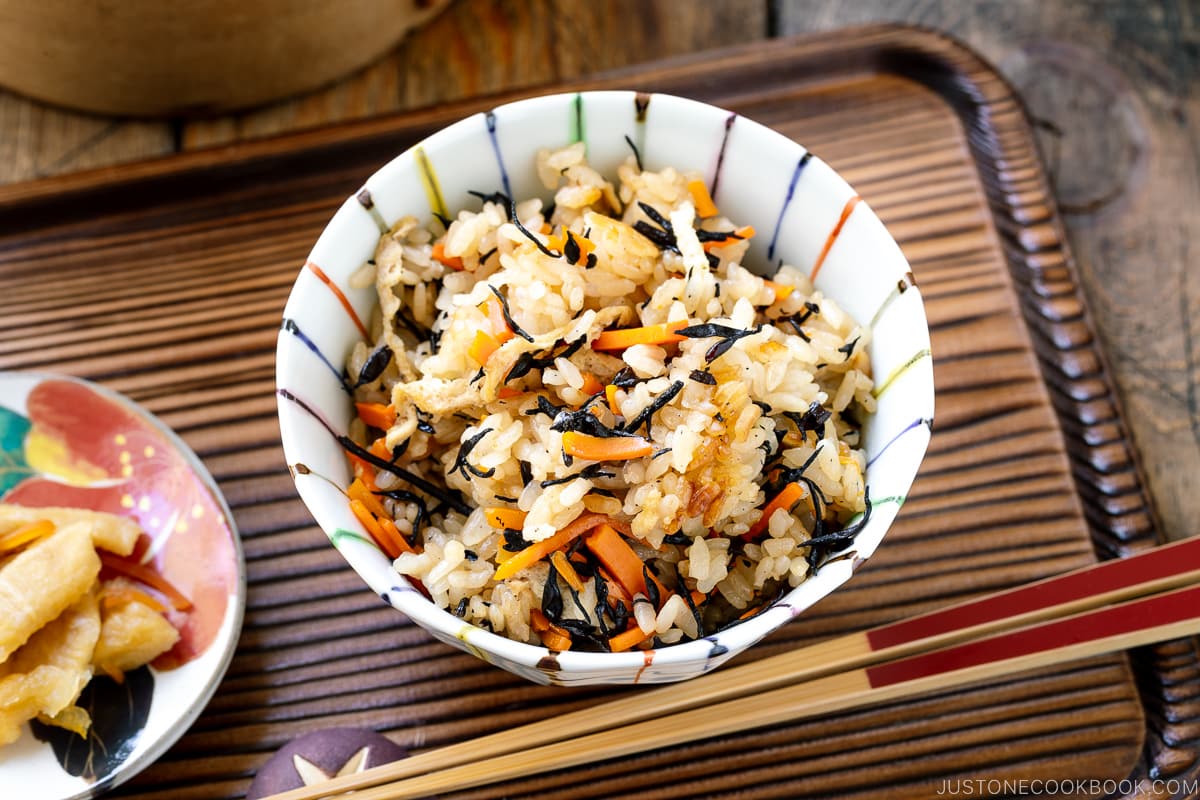
How to use hijiki in recipes:
- Hijiki Rice (Takikomi Gohan)
- Japanese Fried Rice with Edamame, Tofu and Hijiki Seaweed
- Hijiki Seaweed Salad
- Ganmodoki (Japanese Fried Tofu Patties)
5. Aonori – The Umami Sprinkle
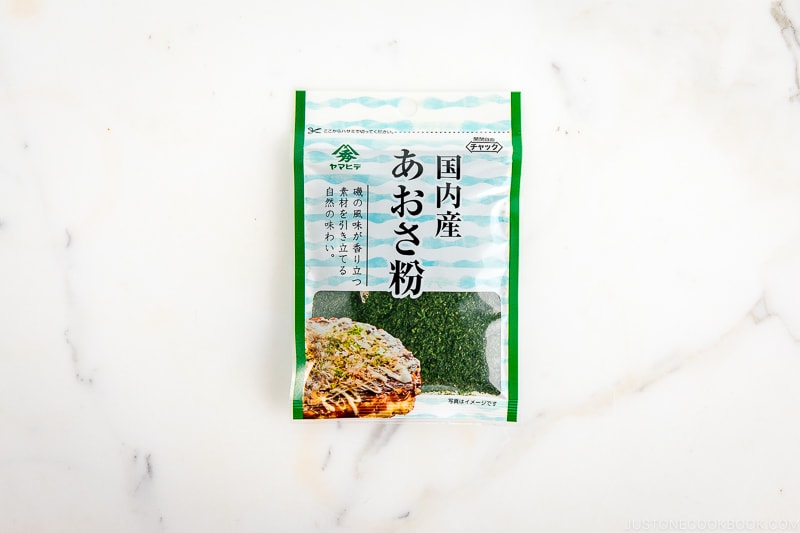
Aonori (青のり) is green seaweed flakes that are dried and finely chopped. It adds fragrant aroma and umami depth. My family loves it sprinkled over rice, yakisoba, savory pancakes (okonomiyaki), and street food snacks.
- Flavor: Fragrant, oceanic, slightly grassy
- Texture: Powdery or flake-like
- Uses: Furikake, plain rice, onigiri rice balls, street food dishes
💡 Tip: Keep aonori sealed and away from light to preserve its vibrant color and aroma.
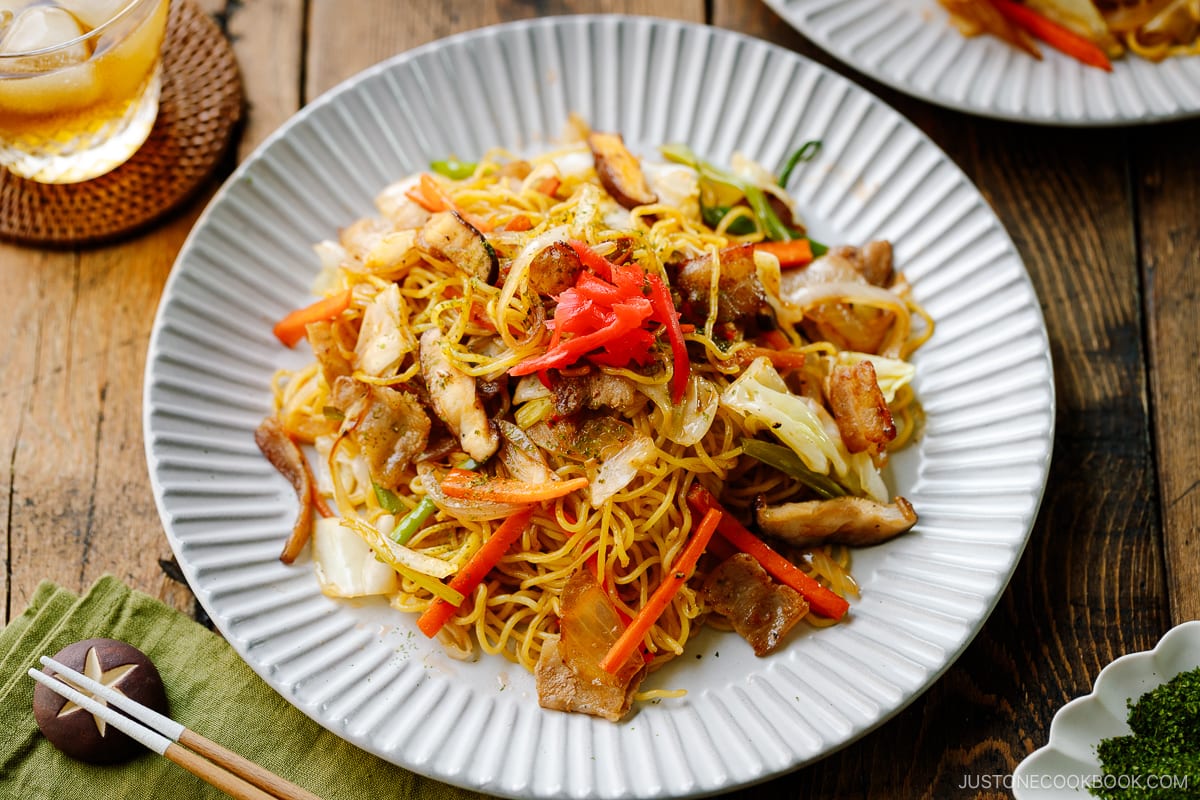
How to use aonori in recipes:
- Yakisoba (Japanese Stir-Fried Noodles)
- Okonomiyaki Recipe (Osaka-Style) and Hiroshima-Style Okonomiyaki
- Takoyaki Recipe
6. Mozuku – Slippery but Soothing
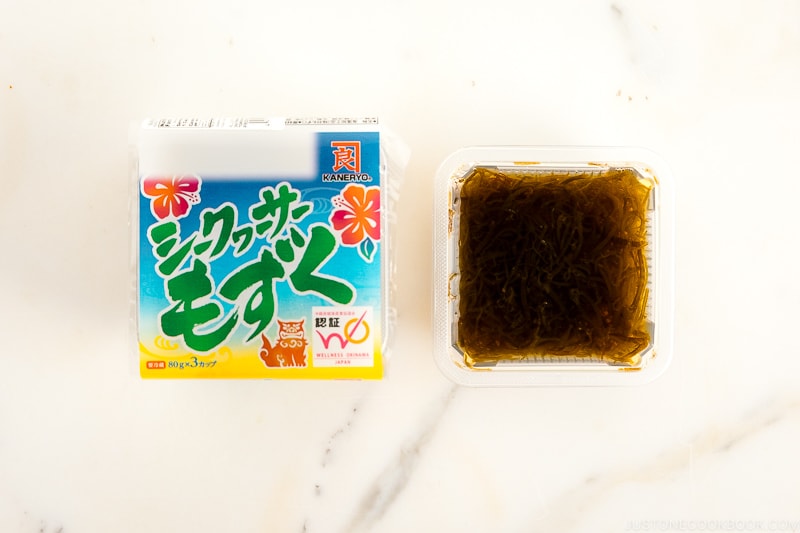
Mozuku (もずく) is a lesser-known but delicious seaweed. Surrounded by clean, shallow waters and a temperate climate, Okinawa is Japan’s largest producer of mozuku, accounting for more than 90% of the nationwide output. It’s served raw, cooked, or fried.
- Flavor: Mild and slightly sour (when served with vinegar)
- Texture: Slippery, slimy, gel-like
- Uses: Appetizer, side dishes, marinated salads, soups, tempura
💡Tip: You can find pre-seasoned mozuku in the refrigerated section of Japanese grocery stores—it makes a great appetizer or healthy snack!
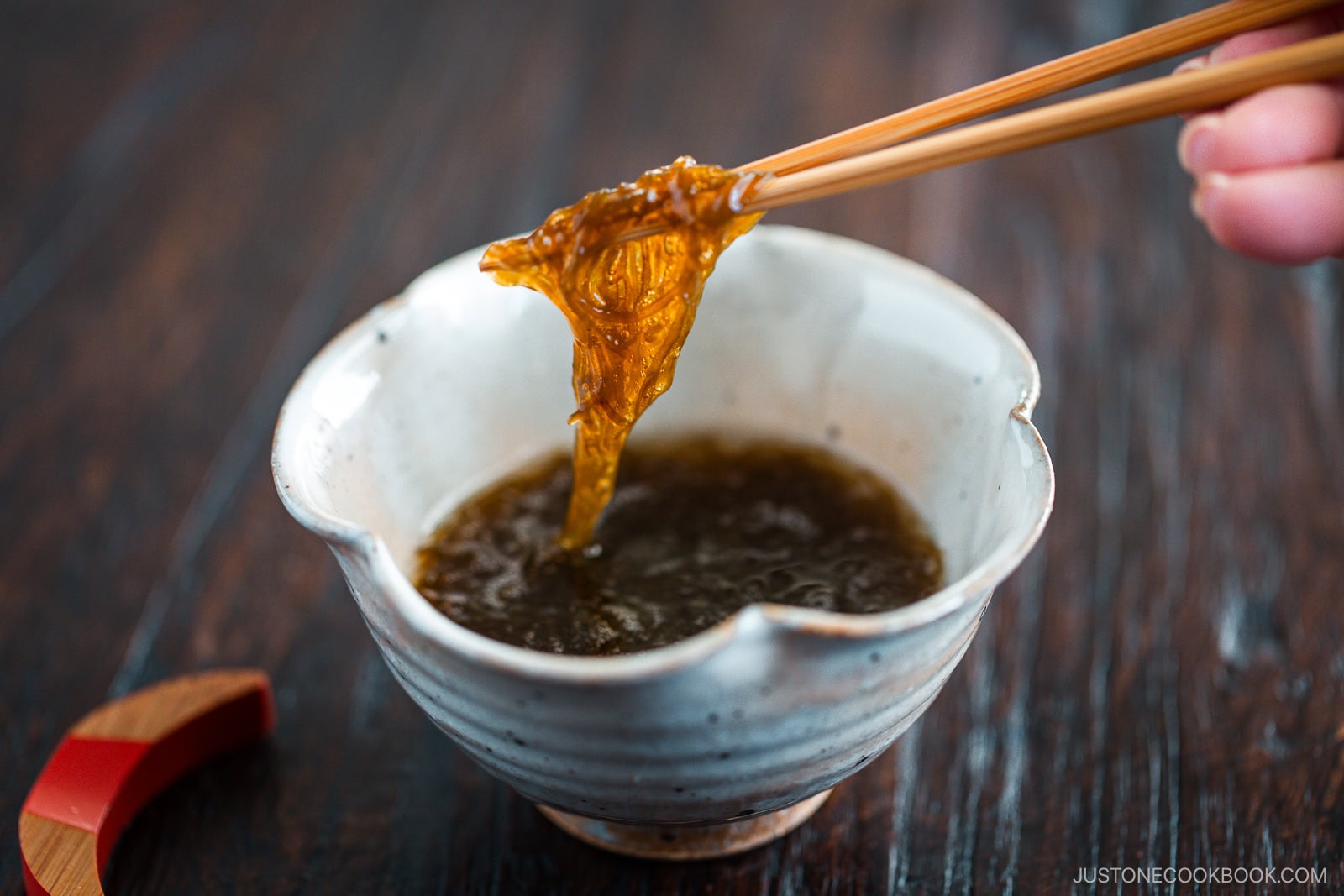
How to enjoy mozuku:
It’s often served chilled with rice vinegar and a touch of soy sauce. It may look unusual at first, but it’s incredibly refreshing and easy to digest.
I hope you enjoyed learning about these different types of seaweed in this article. Whether you’re making a cozy bowl of miso soup or rolling your first sushi at home, having a few types of seaweed in your pantry will bring your Japanese cooking to life.
Have you tried all of the seaweed above? Which type(s) do you always keep in your pantry? Let me know in the comments below!

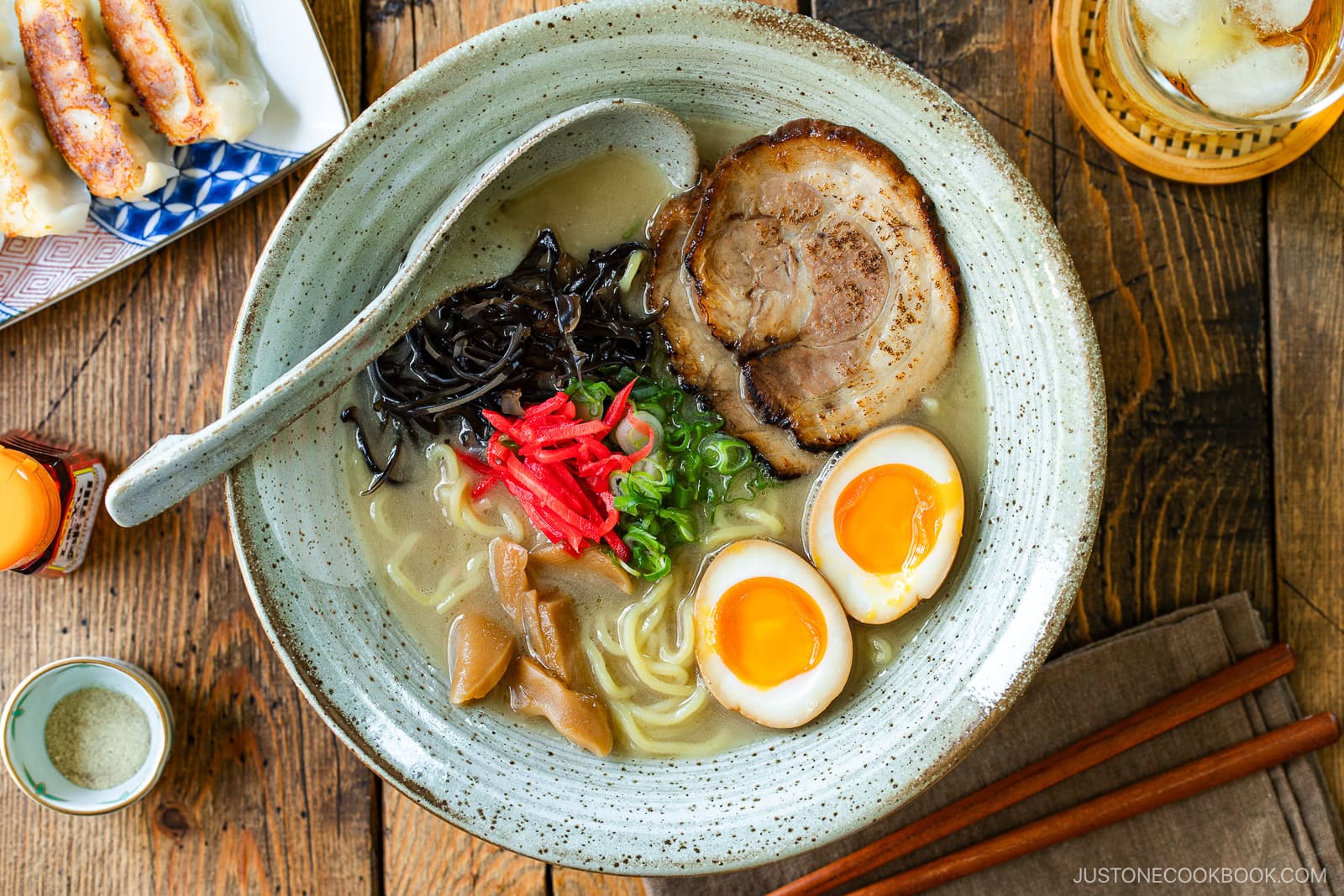

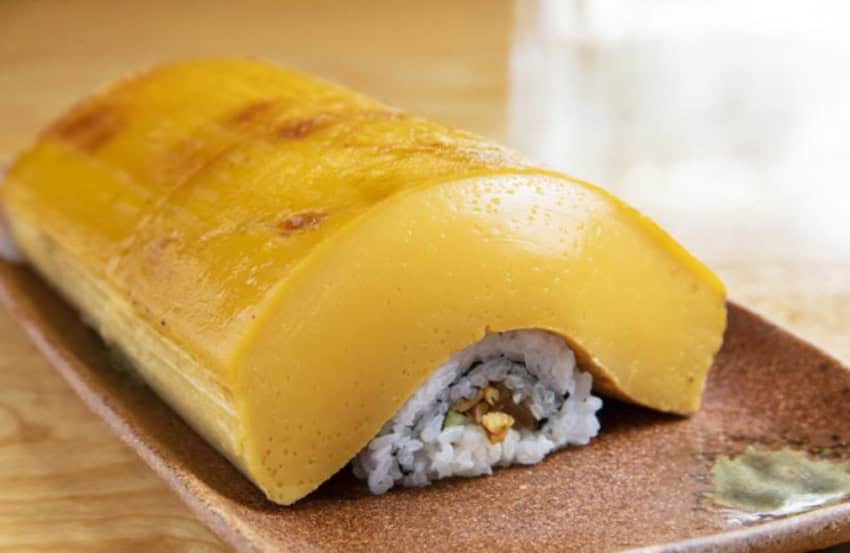
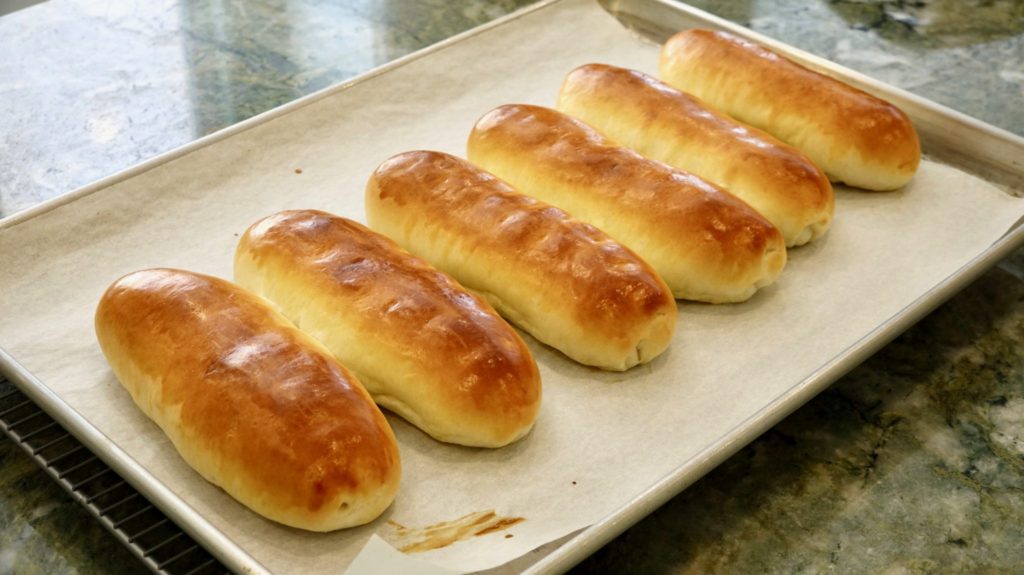



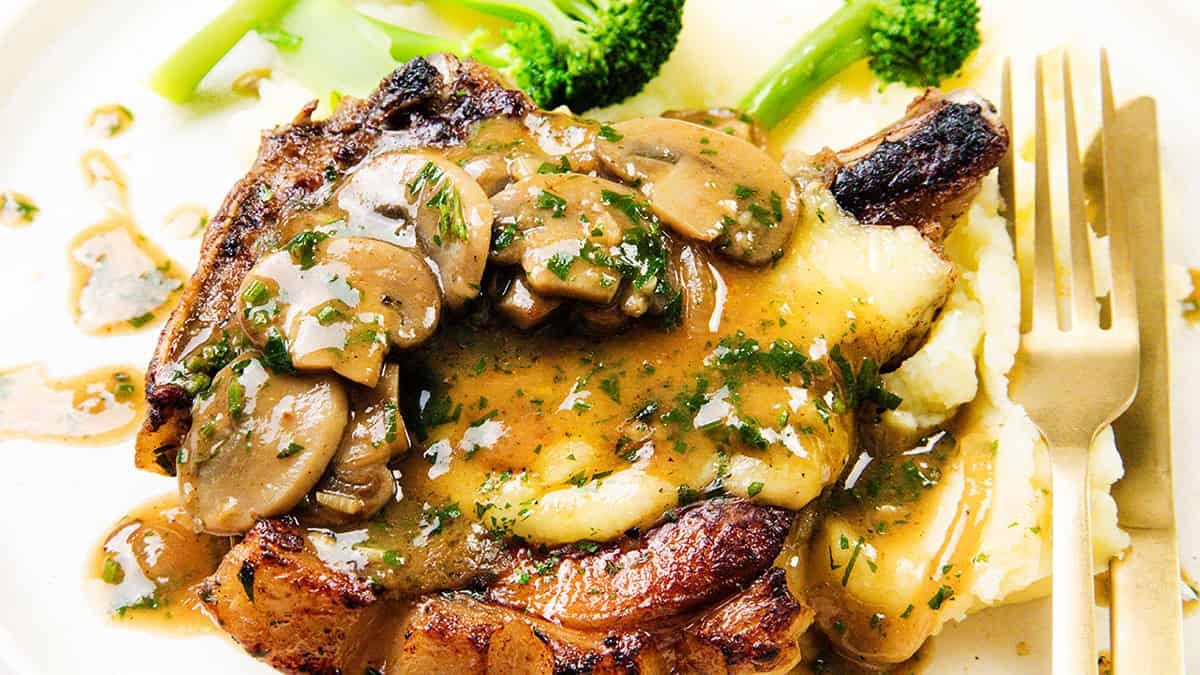


 English (US) ·
English (US) ·